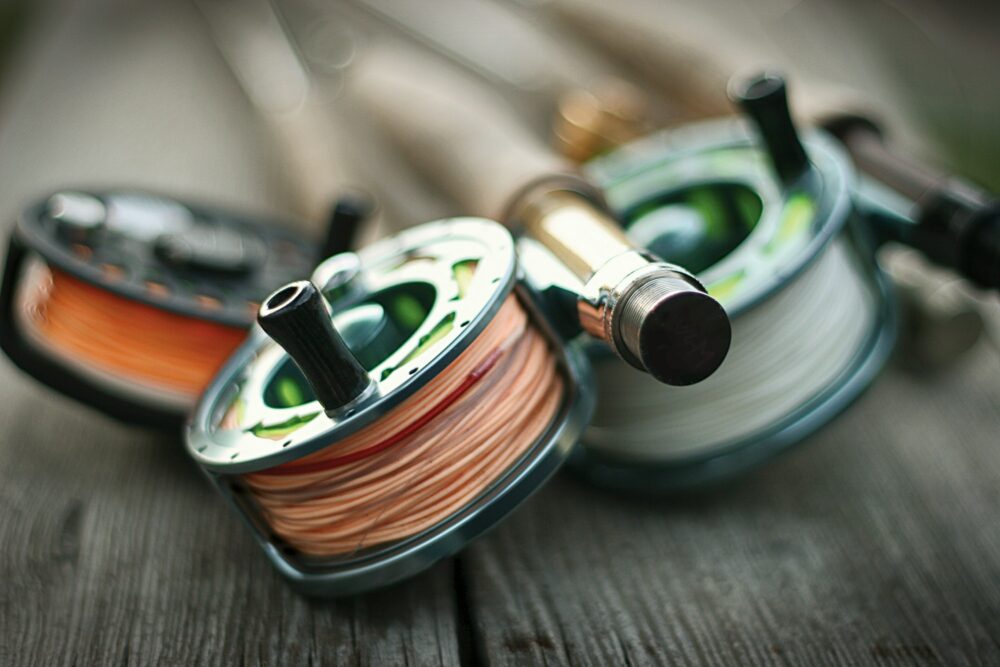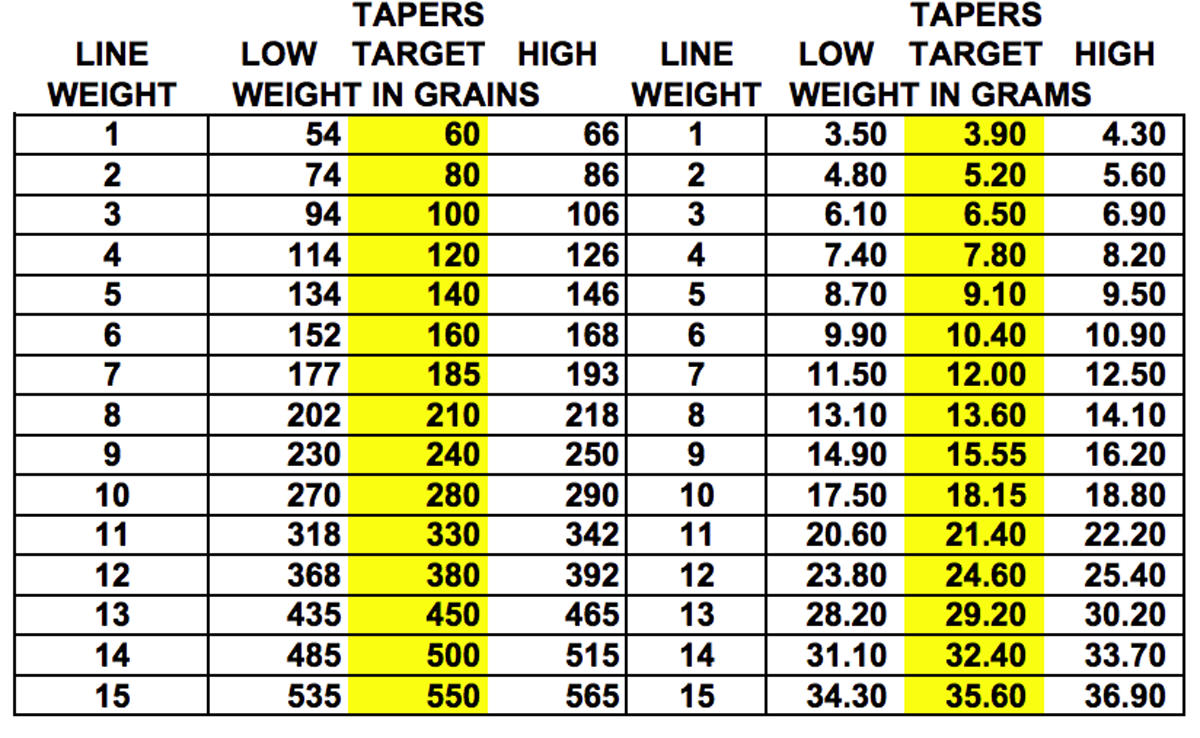
They fish for the same salmon, but not with the same rod weights or the same fly lines. What’s in your quiver? Envato image.
Overlining and underlining, and what about it
By Skip Clement
Angie, an excellent fly fisher and fly caster, was once a proponent of fast fly rods but says she’s stuck with two fly rods that are too stiff for her now. At this point in her life, her question is, would overlining solve the issue and bring her rods back into preferred status?
Of course, the simple answer to her question of overlining to solve the too stiff issue with both her ‘fast’ fly rods is yes. But because manufacturers abandoned a strict adherence to the AFFTA rod weight to fly line weight designations long ago and because fly line weight designations could also exacerbate the problem, not solve it. So, what’s a girl to do?
One-rod maker could consistently stay true to the AFFTA charts-its 6-weight an exact six. Another rod maker could prefer going beyond AFFTA designation by a half weight and another a whole weight. Line manufacturers do the same, choosing then via the AFFTA chart as useless as a marriage broker.
Overlining a fly rod in open saltwater flats environs has more to do with the wind than than rod construction
For example, bonefishing in the winter months are prone to influence from cold fronts. They can roll in and produce wicked winds from the Florida Keys to the Bahamas. Unless you brought along a heavier weight-rated fly rod or can change out an 8-weight fly line with a 9- or 10-weight fly line, the casting could be all but impossible. It’s important to note here that in the wind, overlinning requires tight loops, knowledge of the Belgian cast, or water – hauling.
AFFTA Approved Fly Line Weight Specifications

WEIGHT IS FOR FIRST 30′ OF LINE MINUS LEVEL TIP.
American Fly Fishing Trade Association
P.O. Box 1029Bozeman, Montana 59771
info@affta.org
Overlining should positively influence anyone’s casting by controlling any fly rod’s fast action and managing the wind with less line out.
Regarding the latter:
- It’s difficult to cast a light fly on a long leader. An overlined fly rod makes it easier to cast.
- An overlined rod responds better to short casts because the fly rod loads quicker-has less fly line out.
- An overlined rod makes for quicker casts. That is not usually a big deal in freshwater, but it can be huge in saltwater.

Fly lines. Image courtesy of RIO Products.
The biggest cons for overlining are:
- Swinging a fly equals more drag. More visible to fish.
- In some cases, excessive overling can have a negative effect in windy conditions-saltwater flats fishing.
- Overling softer glass fly rods may be excessive.
- Overlining can reduce distance, especially if not a stiff, fast-action fly rod.
- Picking up line after casting will be heavier if a rod is overlined.
Underling when:
- Very small flies.
- Soft glass fly rods.
- Bamboo fly rods.


